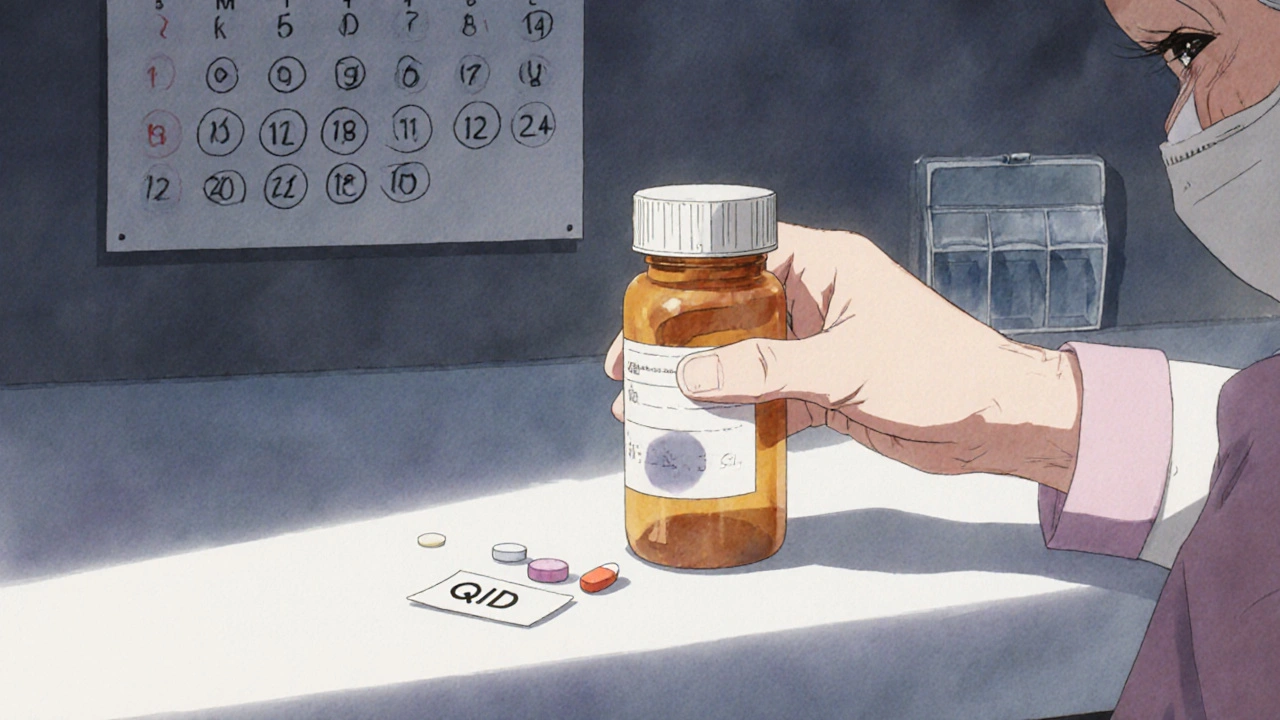Dangerous Abbreviations in Medicine: What You Need to Know
When doctors or pharmacists write dangerous abbreviations, shortcuts in medical writing that can cause life-threatening mistakes. Also known as medical shorthand, these are the hidden traps in prescriptions, charts, and notes that aren’t just sloppy—they’re deadly. A single letter can turn a safe dose into a fatal one. U for units? That could be mistaken for 4 or cc. QD for daily? Looks like QID (four times a day). MS for morphine sulfate? Could be read as magnesium sulfate. These aren’t hypotheticals. The Institute of Medicine found that medication errors harm over a million Americans each year—and a huge chunk of them come from confusing abbreviations.
It’s not just about handwriting anymore. Even digital systems still carry these bad habits. Nurses see "q4h" and assume it means every four hours, but if it’s meant to be "q6h," the patient gets too much painkiller. Older adults on multiple meds are especially at risk. Think of anticholinergic burden, the cumulative effect of drugs that block acetylcholine, often linked to memory loss in seniors. A doctor might scribble "Diphenhydramine" as "Benadryl"—fine—but if it’s written as "BID" and confused with "TID," the patient gets double the dose, and their brain gets hit harder. Same goes for insulin allergies, rare but serious reactions to insulin injections that require immediate recognition and action. If "U-100" is misread as "U-40," the dose is 2.5 times too high. That’s not a typo. That’s an emergency.
These mistakes don’t happen in vacuum. They’re tied to rushed clinics, overloaded staff, outdated forms, and systems that haven’t caught up. But you’re not powerless. Always ask: "Can you write that out?" If you see "AC," "HS," or "q.d." on a label, don’t guess. Call the pharmacy. Keep a list of your meds in full names. Teach family members to double-check. The medication errors, preventable mistakes in prescribing, dispensing, or taking drugs that lead to harm aren’t always the doctor’s fault—but they’re always avoidable. The posts below show real cases where bad shorthand led to confusion: from sleep aids messing with memory, to antibiotics used when they shouldn’t be, to insulin reactions that were missed because the note wasn’t clear. You’ll see how common these errors are, what’s being done to fix them, and how to spot red flags before it’s too late.

QD vs. QID: How Prescription Confusion Leads to Dangerous Medication Errors and How to Stop It
QD and QID are dangerous prescription abbreviations that cause deadly medication errors. Learn how mixing up once daily and four times daily leads to overdoses-and what you and healthcare providers can do to stop it.
